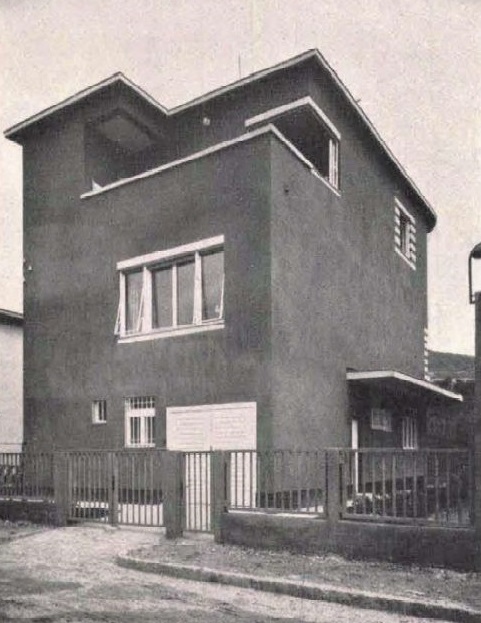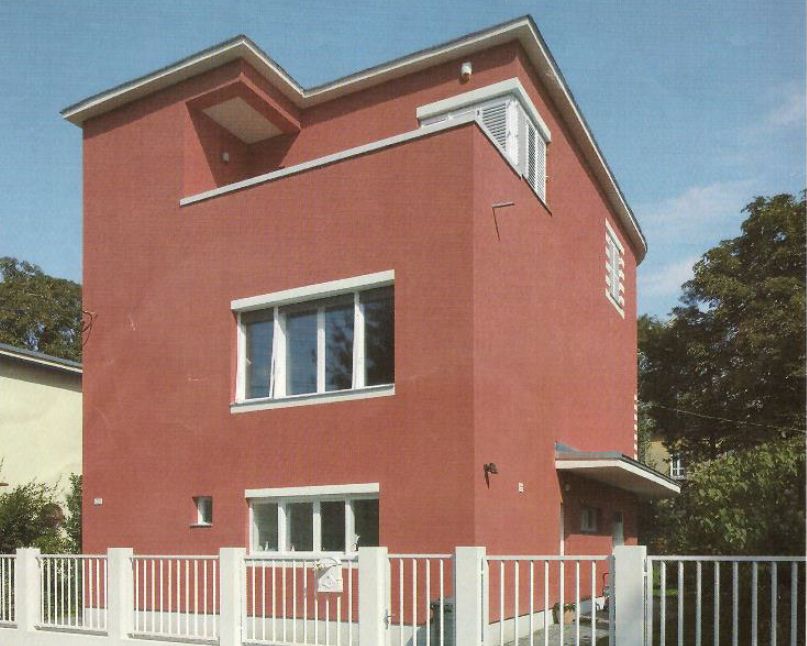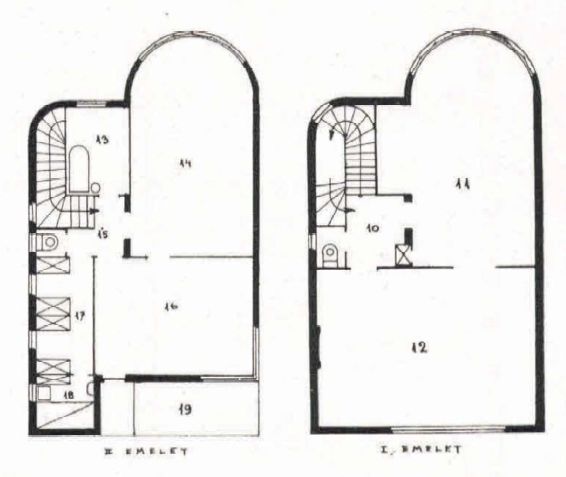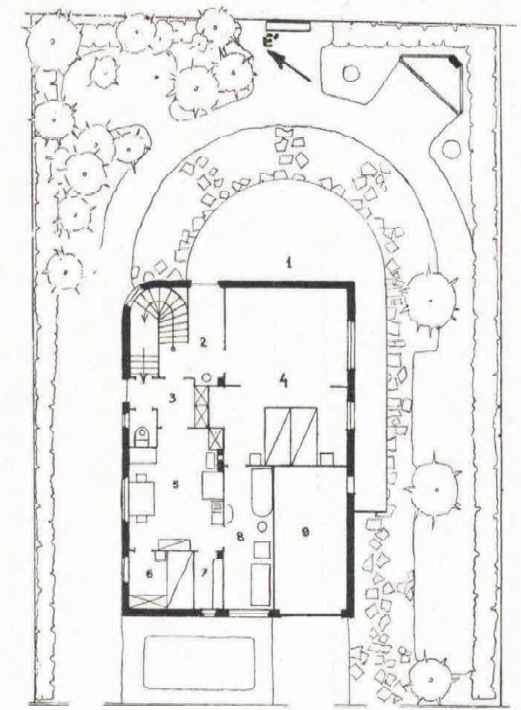Napraforgó street 3.
Architect: Péter Kaffka
Budapest, 1899 – Vancouver, 1992, architect, technical councilor, author of numerous articles on city planning.
Péter Kaffka graduated at Budapest Technical University in 1925. He worked for different builder companies until 1936, and he designed several family houses. Then he was employed by the Council for Public Works and he became its first engineer in 1937. In the same period he directed a private company, as well. He made the plans for the open air theatre at Margit Island, and he also took part in its construction. In 1938 he planned and staged the Hungarian pavilion of the New York World Exhibition. In 1943 he was promoted to ministerial councillor. Between 1945-1947 he was involved in the development of the city planning of Great-Budapest. In 1946 – as the director of the building department of the Council for Public Works – he was the official delegate of Hungary at the 18th International City and Apartment Building Congress in England.
In 1948, already as a pensioner, he left for Canada where he worked at the Toronto company Marani&Morris, then at the Vancouver firm Sharp&Thompson, Berwick, Pratt. From 1954 he continued his activity as an independent designer, and in 1956 he became the member of the Architectural Institute of British Columbia. He designed numerous buildings until 1983, like the Grouse Mountain Chalet (North Vancouver), the Thea Koerner Graduate Centre and House (University of British Columbia).
Source of photos: Tér és Forma 1931/10, 305-326, Megyeri Gábor
Source of ground-plans: Tér és Forma 1931/10, 305-326






